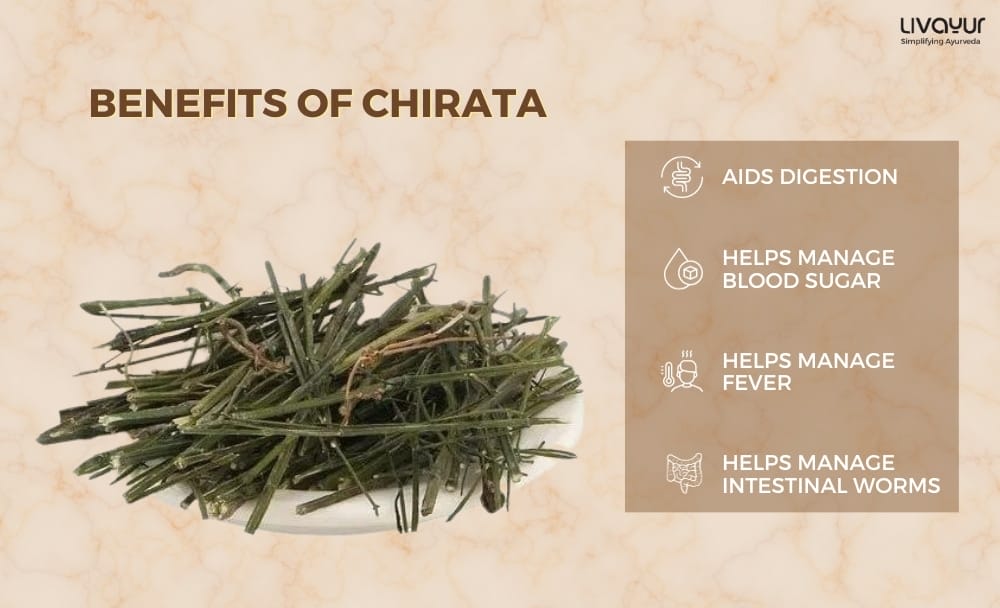
Have you ever wondered what rare herbs lie in the lap of Himalayas? In this article, we bring to you one such rare herb, Chirata, which is found majorly in the mystic Himalayan range.
Chirata, more popularly known as Swertia Chirata, its botanical name is a ayurvedic herb used widely to treat numerous ailments such as liver disorders, malaria, and diabetes. It is found mostly in Himalayan regions. It is a critically endangered medicinal herb that grows at high altitudes and is reported to have a wide spectrum of pharmacological properties.
Let’s find out more about Chirata and its benefits in this article.
Ayurvedic Properties of Chirata [1]
According to Ayurveda, Chirata is bitter (Tikta) in taste and exhibits cooling (Sheeta), easily digestible (Laghu) and dry (Ruksha) properties. It is an incredible medicinal herb with numerous health benefits and uses.
Nutritional Value of Chirata[2] [3]
The compounds isolated from Swertia Chirata include a large number of xanthones, glycosides, alkaloids and other compounds like chiratin, ophelic acid, palmitic acid, oleic acid, stearic acid. The first isolated dimeric xanthone was chiratanin. Other important phytoconstituents include swerchirin, swertiamarin, swertanone, mangiferin, amarogentin, gentiopicrin and chiratol. The chief bioactive constituents of plant are xanthones, flavonoids, iridoids, secoiridoids glycosides. These components play a huge role in the biological activities of the plant. The plant shows traits of being full of antioxidants, a potent anti-diabetic, anti-inflammatory, hepatoprotective, antipyretic, antimalarial, analgesic, anticarcinogenic, antibacterial, antiviral, gastroprotective, antileishmanial, and anthelmentic.
The Many Benefits & Uses of Chirata [4]
1. Lowers Blood Sugar Levels
Primary Benefits: Chirata has been found to be effective in regulating blood sugar levels, making it an excellent herb for diabetes.
Secondary Benefits: Chirata can be a safe alternative to other medications that can cause hypoglycemia due to excessive dosage.
2. Helps with Digestion and Nausea
Primary Benefits: Chirata is highly beneficial in promoting digestion. Its astringent flavour stimulates the production of saliva and gastric enzymes, which helps to cure bloating, hiccups, and nausea. In addition, Chirata also encourages the secretion of bile which promotes digestion as well as improves appetite.
Secondary Benefits: Apart from alleviating nausea, Chirata can also help treat dyspepsia, diarrhoea, and constipation, by boosting digestion.
3. Cure for Fever
Primary Benefits: Chirata contains xanthones which makes it an effective drug for reducing fever.
Secondary Benefits: Chirata is, therefore, supposedly effective against malaria and tuberculosis, as well as hysteria and convulsion.
4. Kills Intestinal Worms
Primary Benefits: Chirata possesses potent anthelmintic or worm-destroying properties. It is, therefore, one of the best herbs to kill intestinal worms.
Secondary Benefits: As such, it helps prevent malnutrition, anaemia, and other digestive issues caused by intestinal worms.
5. Great for Pregnancy
Primary Benefits: Chirata is good for pregnant women. Swertia Chirata’s derivatives are often recommended to pregnant women to treat any sort of uterine discomfort they are facing while pregnancy.
Secondary Benefits: Chirata is also often recommended to new mothers as it detoxifies the breast milk in case they were on heavy medication due to complications in pregnancy earlier.
Dosage of Chirata [4]
It’s important to use the correct dosage of Chirata to ensure its effectiveness and safety. Typically, an infusion of the herb is used, but it may also be given as a tincture. A dose of 5 to 30 grains of its root with honey is usually recommended. However, it’s suggested to avoid taking the decoction form of Chirata.
Keep in mind that Chirata is often used as part of many compound remedies, so it’s essential to consult with an Ayurvedic doctor before taking it.
Side Effects & Cautions [4]
Chirata is generally safe to use, and there are no major side effects of taking this herb. However, if you have gastric or duodenal ulcers, it is recommended to avoid using Chirata to prevent any possible aggravation of these conditions.
FAQs
1. Is chirata used to treat diabetes?
Answer: Yes, Chirata is used in treating diabetes. The extracts of Chirata have proven to be hypoglycemic and thus can help in lowering blood sugar levels.
2. How should one use Chirata herb?
Answer: Typically, an infusion of the herb is used, but it may also be given as a tincture. A dose of 5 to 30 grains of its root with honey is usually recommended. However, it’s suggested to avoid taking the decoction form of Chirata.
3. Is Chirata good for pregnant women?
Answer: Yes. Chirata is good for pregnant women. Swertia Chirata’s derivatives are often recommended to pregnant women to treat any sort of uterine discomfort they are facing while pregnancy. Chirata is also often recommended to new mothers as it detoxifies the breast milk in case they were on heavy medication due to complications in pregnancy earlier.
Conclusion
Chirata is a potent Ayurvedic herb that offers numerous health benefits and uses. It is beneficial in regulating blood sugar levels, improving digestion, reducing fevers, and destroying intestinal worms. It is great for pregnant women and new mothers.
However, it is important to use the correct dosage of Chirata and consult with an Ayurvedic doctor before taking it.
References
- Therapeutic Swertia chirata – An Overview
- In Ayurveda, the plant is used as stomachic, febrifuge, antihelminthic, diuretic as well as for treatment of some types of mental disorders.
- The plant Swertia chirata, aboriginal to Himalayas in India, Nepal and Bhutan, have been used for millennia, to cure variety of ailments and diseases.
- Swertia chirata: A traditional herb and its medicinal uses

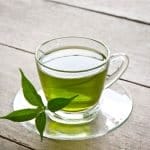

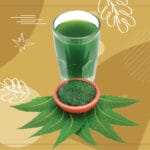
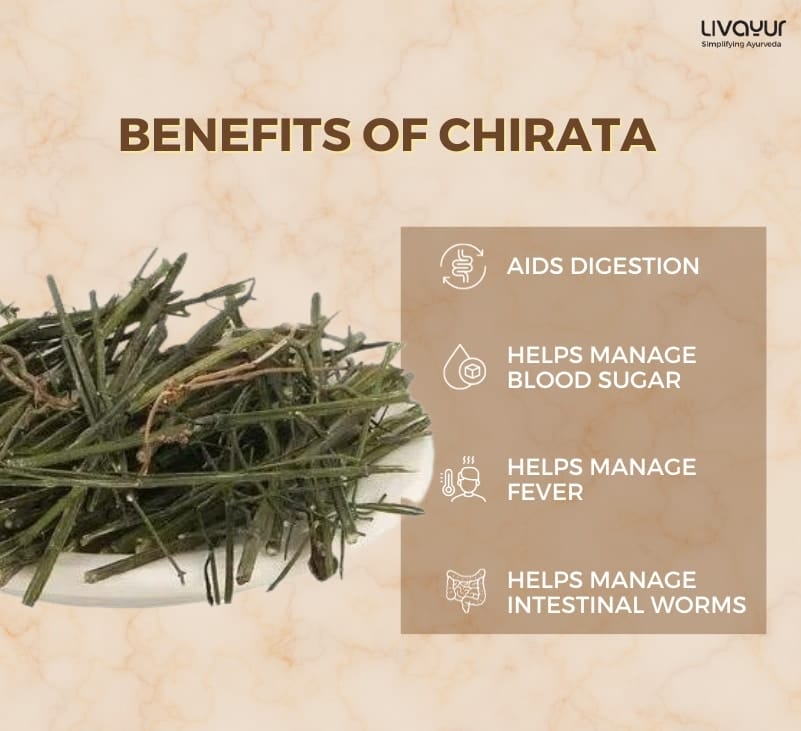





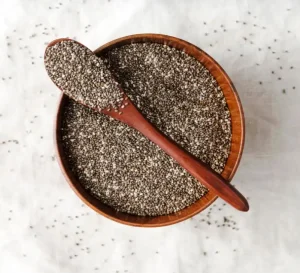
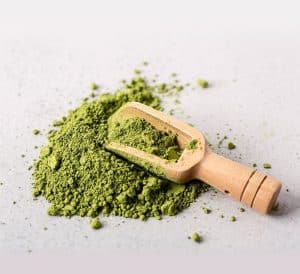
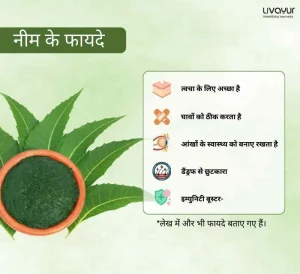








12 Comments